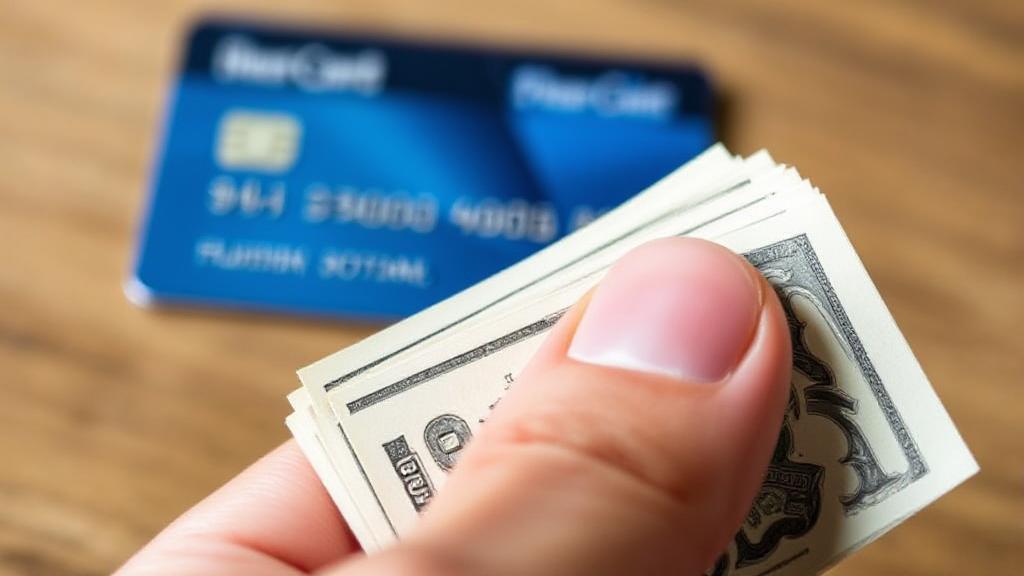What is a Cash Advance?
A cash advance is a short-term loan provided by credit card companies, banks, or other financial institutions that allows you to borrow money against your credit card's line of credit. When using your credit card, you can withdraw cash from an ATM or bank branch up to your card's cash advance limit, which is typically lower than your overall credit limit.
Types of Cash Advances
Credit Card Cash Advances
The most common type involves withdrawing cash using your credit card through:
- ATMs (with your PIN)
- Bank branches
- Convenience checks from your credit card issuer
Merchant Cash Advances
These are primarily for businesses and work differently from traditional cash advances. Learn more about merchant cash advances from the Small Business Administration.
How Cash Advances Work
When you take out a cash advance, you're essentially borrowing money from your credit card issuer. Here's how it typically works:
- Request the Advance: You can request a cash advance through an ATM, bank withdrawal, or convenience check.
- Receive the Cash: Once approved, you receive the cash amount requested, up to your available cash advance limit.
- Repayment: The borrowed amount is added to your credit card balance, requiring repayment with interest.
Costs and Considerations
Immediate Fees
- Cash advance fee: Usually 3-5% of the amount withdrawn
- ATM or bank fees: Additional charges for processing the transaction
Interest Rates
- Typically 5-10% higher than regular purchase APRs
- Often ranging from 20% to 30%, according to NerdWallet
- No grace period (interest begins accruing immediately)
Pros and Cons
Pros
- Quick access to cash in emergencies
- No need for a separate loan application
- No collateral required
Cons
- High costs through fees and interest rates
- Immediate interest accrual
- Potential negative impact on credit score
- Risk of debt cycle
Alternatives to Cash Advances
Before opting for a cash advance, consider these alternatives:
- Personal loans from banks or credit unions
- Borrowing from family or friends
- Payment plans with creditors
- Emergency savings
- Peer-to-peer lending platforms
- Overdraft protection
Risk Mitigation Strategies
If You Must Take a Cash Advance
- Calculate the total cost including fees and interest
- Plan for immediate repayment
- Use only what's absolutely necessary
- Consider partial payments to reduce interest charges
Building Financial Security
- Establish an emergency fund covering 3-6 months of expenses
- Create a realistic budget
- Explore overdraft protection options
- Maintain good credit for better borrowing options
Warning Signs
If you find yourself regularly needing cash advances, it may indicate deeper financial issues that require professional attention.
Consider seeking help from a certified financial counselor if you:
- Regularly rely on cash advances
- Struggle to repay advances
- Use advances for regular expenses
For more detailed information, visit Investopedia's guide on cash advances or the National Foundation for Credit Counseling website.
